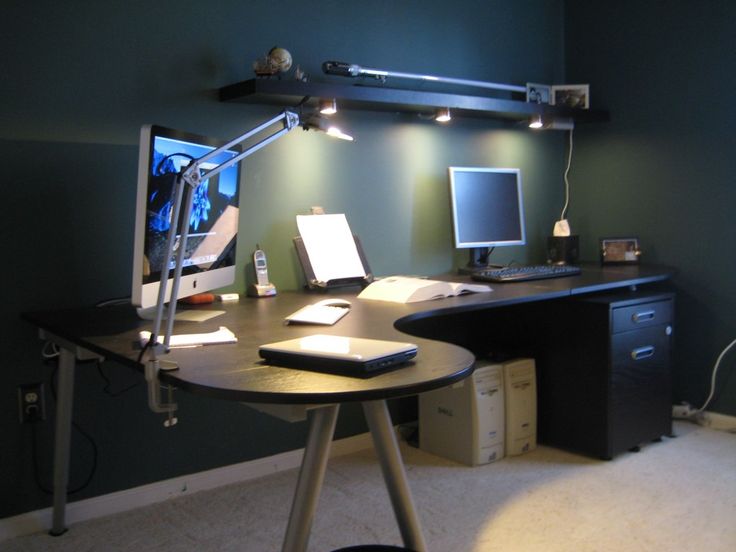In the world of lighting technology, few innovations have had as profound an impact as LED light bars. These versatile, energy-efficient, and durable lighting solutions have transformed industries ranging from automotive to agriculture, and their evolution over the years has been nothing short of remarkable. In this article, we’ll take a journey through the past, present, and potential future of LED light bars.
The Birth of LED Light Bars
Past
The story of LED light bar begins with the development of light-emitting diodes (LEDs) in the early 1960s. Initially, LEDs were used as indicator lights in electronic devices and were far from being a viable option for general lighting. They were small, inefficient, and produced only a narrow range of colors.
It wasn’t until the 1990s that LEDs started to become more practical for lighting applications. Engineers improved LED efficiency, extended their lifespan, and broadened their color spectrum. This marked the birth of LED light bars as we know them today.
Early LED light bars were primarily used in niche applications, such as emergency vehicle lighting and marine vessels. They offered significant advantages over traditional lighting technologies, including reduced power consumption and increased durability. However, they were expensive and lacked the brightness and versatility required for broader adoption.
The LED Light Bar Revolution
Present
The real turning point for LED light bars came in the early 2000s when advancements in LED technology, optical design, and manufacturing processes converged to create highly efficient, powerful, and affordable LED light bars. Here are some key features and benefits of modern LED light bars:
- Energy Efficiency: LED light bars are exceptionally energy-efficient, converting a higher percentage of electrical power into visible light compared to traditional lighting technologies like incandescent or halogen bulbs.
- Longevity: LEDs have an impressive lifespan, often exceeding 50,000 hours of continuous use. This longevity reduces maintenance costs and downtime.
- Brightness: Modern LED light bars can produce incredibly bright and focused illumination, making them ideal for a wide range of applications, including off-road driving, construction, and agriculture.
- Durability: LED light bars are designed to withstand harsh environmental conditions, including extreme temperatures, vibrations, and moisture, making them suitable for outdoor and rugged applications.
- Versatility: LED light bars come in various sizes and beam patterns, from floodlights for wide-area illumination to spotlights for long-range visibility. This versatility makes them adaptable to different industries and tasks.
- Environmental Benefits: LED light bars are eco-friendly, emitting minimal heat and containing no hazardous materials like mercury. Their lower power consumption also reduces greenhouse gas emissions.
Today, LED light bars are found on a wide range of vehicles, including trucks, ATVs, and boats, as well as in industrial settings like warehouses, construction sites, and agriculture.
The Future of LED Light Bars
Future
As technology continues to advance, the future of LED light bars holds exciting possibilities:
- Smart Lighting: Integration with IoT (Internet of Things) technology could enable LED light bars to communicate with other devices and respond to environmental conditions or user preferences automatically.
- Improved Efficiency: Ongoing research aims to enhance LED efficiency even further, potentially leading to even brighter and more energy-efficient light bars.
- Advanced Materials: Innovations in materials, such as graphene-based LEDs, could push the boundaries of brightness and durability.
- Sustainable Manufacturing: Continued emphasis on sustainable practices in manufacturing can reduce the environmental footprint of LED light bars.
- Customization: Consumers may have more options for customizing their LED light bars, including adjustable color temperatures and beam patterns.
- Integration with Autonomous Vehicles: LED light bars could play a crucial role in the lighting systems of autonomous vehicles, enhancing safety and communication with other road users.
In conclusion, the evolution of LED light bars from their humble beginnings to their current prominence is a testament to human ingenuity and the relentless pursuit of more efficient and effective lighting solutions. As technology continues to advance, we can expect LED light bars to become even more integral to our daily lives, offering not only illumination but also enhanced functionality and sustainability in various industries. Whether it’s illuminating a dark trail or lighting up a construction site, the future of LED light bars shines brightly.

